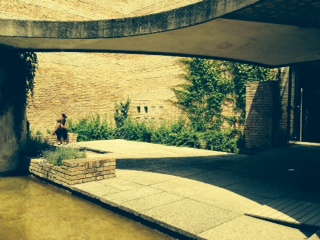Once you leave the main pavilion of the 2014 Architecture Biennale in Venice, all bets are off. Rem Koolhaas, the architect-curator, challenged the 66-plus countries that entered to respond to the prompt of absorbing Modernity 1914-2014, a giant mouthful of world wars and their spoils, and the hot potatoes of development, urbanism, energy, transportation, housing, poverty, etc. According to a number of the curators of these pavilions or spaces with whom I spoke there was not a great deal of communication between Rem and them (simply a function of time and resources). Most did not have the attention or massive budgets of their Chinese colleagues whose pavilion was indeed an entirely new construction. Yet I felt like there had been an imaginary ad hoc architectural league of nations that had met and decided to focus their responses because with few exceptions, their response to modernism was filtered through vintage film, photographs and a great deal of text.
One architect complained the whole thing would have been better read than seen as it felt like an Architecture 101 textbook. Another critic -- gorging with me on free eggplant caponata in the Rolex space -- was wholly dismissive of the orientation, complaining that in the old days the countries would just put up the best contemporary projects they had to offer.
Having worked long years in film, however, I was secretly delighted that architects have realized one of the best ways to catch up with modernism is to see Brigitte Bardot on the rooftop of a white stucco modern house in And God Created Woman at Mondeitalia at the Arsenale, (the other massive venue) or Jacques Tati and his band of merry misfits pratfalling all over the Arpel villa in Mon Oncle (at French Pavilion). Catching up with the modernist treasures of each country and in special exhibits by the city of Milan -- getting ready for the next big extravaganza of architecture at the Milan Expo 2015 -- (some organizers already in jail on charges of corruption) gave me mid-century-furnishings-lust that was not sated even after four days of immersion.
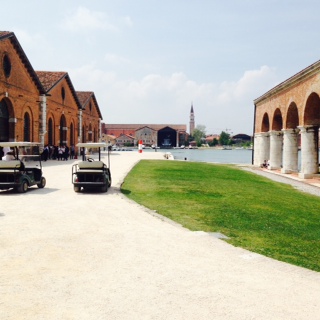
Some highlights: Ila Beka & Louise Lemoine's powerful film portrait of an abandoned modernist Italian building caught in the crossfire of corruption and the law; the wild juxtaposition of a California style bungalow in the fascistic German pavilion of 1938; Brazilian pavilion Oscar Niemeyer-esque dividers made out of white foam core (which I think they should put into production); the contrarian French team (naturellement) questioning whether modernity has been a blessing or a menace, the Argentinian historical display of Real v. Ideal rough storyboards, the Moroccan installation of futuristic projects stuck -- amusingly -- on a bed of sand. I found our U.S. pavilion, a supposedly "active" office limned with hundreds of brochures of influential firms oddly counterintuitive to Rem's mandate to avoid the personal.
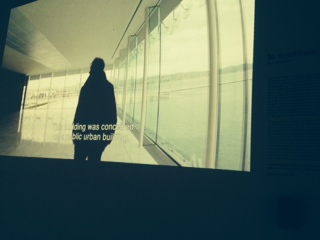
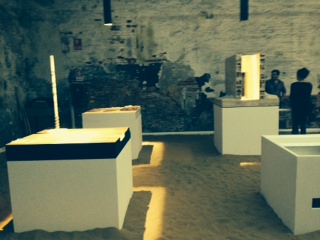
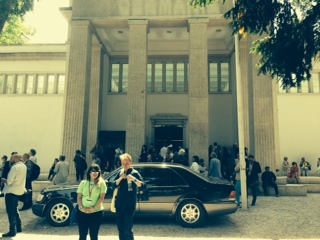
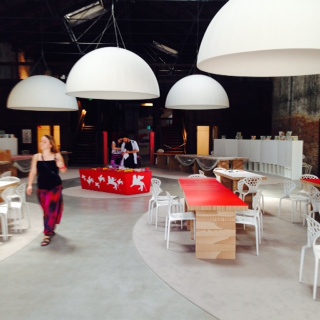
To my mind the most beautiful thing to see was Carlo Scarpa's elegant vintage garden oasis in the central pavilion which led me to all the other Scarpa sites in Venice -- in particular the completely restored Olivetti headquarters on the Piazza San Marco -- and the Prada Foundation's excellent Art or Sound exhibit, one of the most engaging exhibits anywhere, a triumph of curation showcasing (in magical vitrines) musical instruments as delivery systems for delight, whimsy and innate beauty. A final visit to three of the synagogues in the Ghetto made the indelible impression that the fundamentals of enduring and important architecture are not only windows, doors and balconies but the weight of meaningful interaction with its users.
